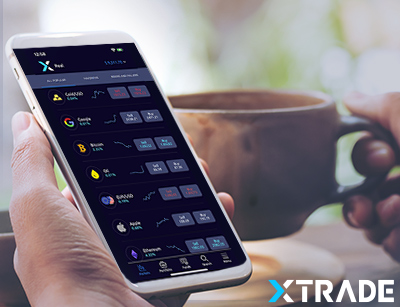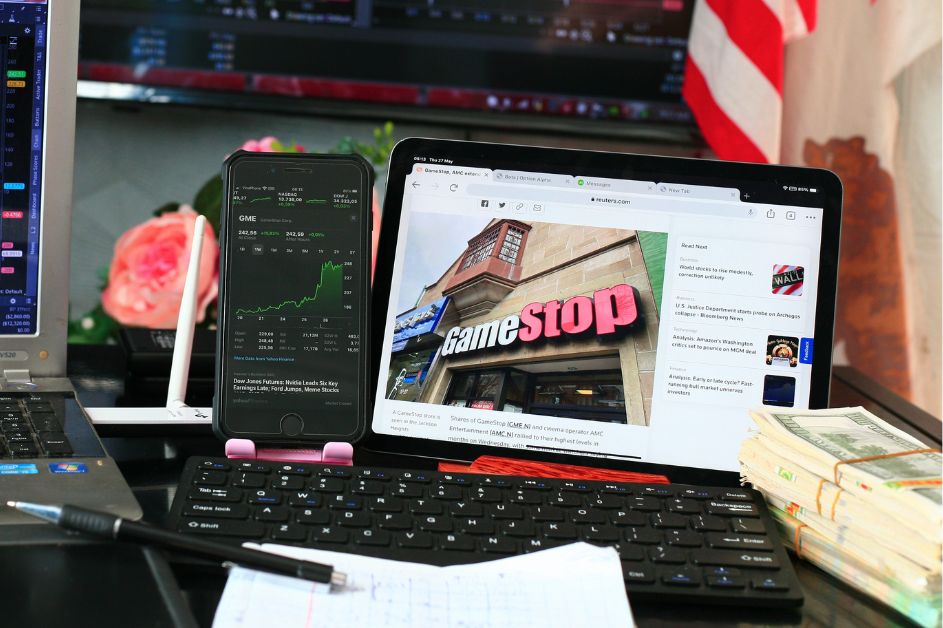The Online CFD Training Plan of the Wise Trader
By Content-mgr - on June 22, 2016Online CFD training for new, yet serious traders, needs to be flexible and interesting. On average, new people are more likely to experiment with new ideas, and probably fail in the process. But once in a while, they might discover something really good. These new traders, on one hand they lack experience and know-how. But they make up for it, through their curiosity. Just like young kids eager to get out and explore the world. These kids shape their lifetime logical and scientific curiosity during those early years. So even though they are playing, these are the kids whose curiosity may change the world tomorrow. Online CFD training should be along these lines, and allow new traders to shape their curiosity. In doing so, they learn to be competitive, secretive, and to look for that edge in trading. New traders tend to practice currency trading in intense curiosity. And as they make progress through the learning curve, as they do finally achieve success.

Good Online CFD Training Has to Allow for Mistakes
Online CFD training needs to be tolerant of mistakes and mad ideas. Because even out of mistakes good things can arise. On the contrary, if the training is too restrictive and full of rules, the new trader’s creativity will be confined, and motivation to explore the markets deeper will be lost. Any implementable CFD trading system needs to be tolerant of at least some mistakes. So for example as to allow for few small, almost random trades. Or trades that will fade one indicator. This will help the trader learn how to spot amazing trades. And also how to deal with losing trades where one has to accept they were wrong, and close the trade fast. Traders who follow rigorous trading rules find it very difficult to change market direction. As confirmation bias and wishful thinking cloud their judgment. And this is evident in the forex charts, movements that defy belief occur all the time. And no set of rules can easily define them. In practical terms, the trader needs to learn using large size stops, hedging methods, and to expect volatility. The market is not actually right, rather it tends to overshoot the expected price level all the time. Only volatility can help estimate where that level approximately is.
Volatility Does Not Allow for Tight Stops
Contrary to what many educators will tell you, market volatility doesn’t allow for the use of tight stops and low Risk-Reward ratios. Any serious CFD trading system is focused on proven, trade-specific statistics. And this statistics tells us that tight stops are for weak traders, lacking the ability to see what’s unique in a trade. The specific trade doesn’t care about the statistics of your money management system. And it is in fact these money management requirements that in the case of many traders, dictate the size of those stop levels. So each trade should be regarded as unique, and traders need to forget about rigid money management rules. Traders who fail to analyze trades on an individual basis, end up capturing only 10 to 20 pips, out of 80 to 200 pip movements. And on the risk side, they tend to lose often, every time the market retraces against them. The trader using large stops doesn’t suffer such losses. And even when they have a large losing trade, the market setup and trade criteria may still be intact, so as to allow for a new trade. A trade that will recapture all the loss. CFD training doesn’t have to be trading CFD for dummies, it can be a whole more than that. But traders need to overcome their fears first, and treat losing and winning as parts of the same thing. They cannot get one without the other, so they are both acceptable.
Κράτα το
 First Deposit Bonus
First Deposit BonusFirst Deposit Bonus | Phone Verification | First Trade on us | Account Verification














